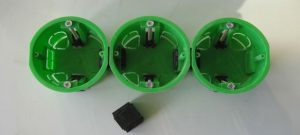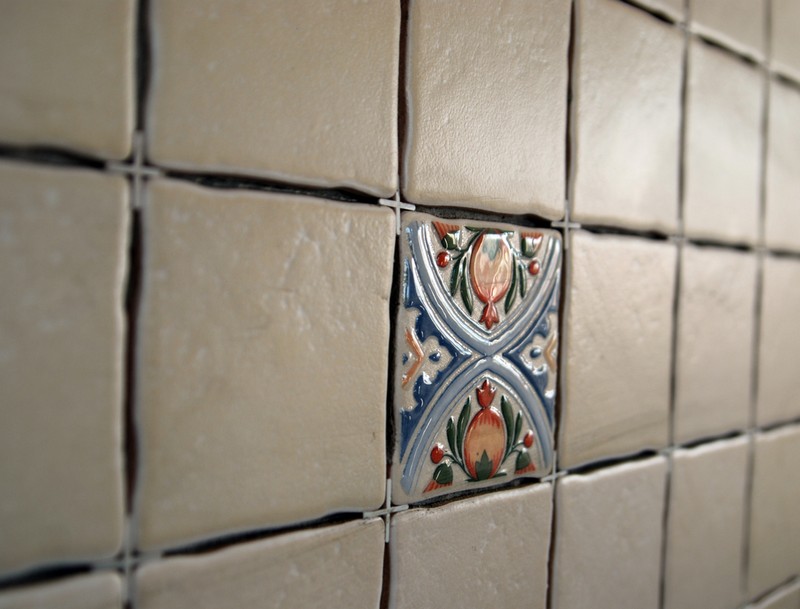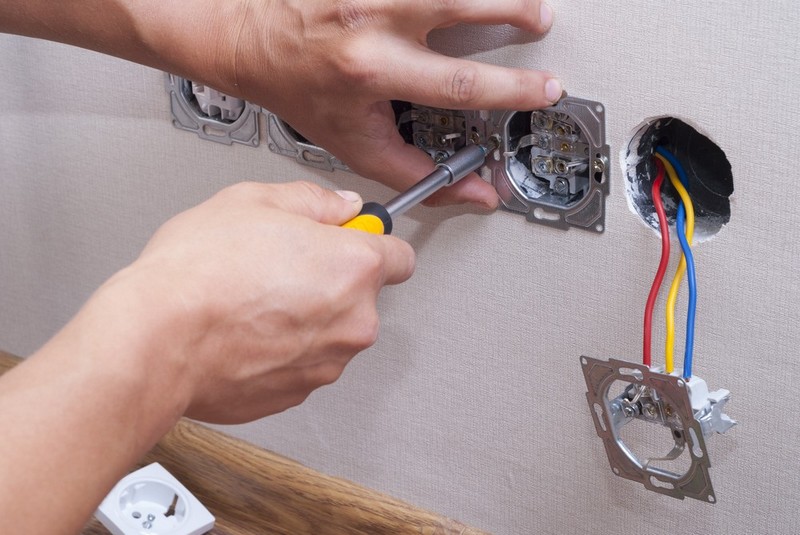INSTALLATION OF TEACHERS AND DISTRIBUTION BOXES
 Special attention when carrying out repairs in the house or apartment should be paid to electrical work. The quality of their implementation largely depends on the smooth operation of electrical household appliances, as well as the safety of the home. In this article we will look at the arrangement of the terminal boxes and receptacles, as well as the technology of mounting such electrical equipment.
Special attention when carrying out repairs in the house or apartment should be paid to electrical work. The quality of their implementation largely depends on the smooth operation of electrical household appliances, as well as the safety of the home. In this article we will look at the arrangement of the terminal boxes and receptacles, as well as the technology of mounting such electrical equipment.
What is a panzer?
In accordance with established fire regulations and rules, electrical wiring can be installed in an open or hidden manner. In the first case, external switches and sockets are used. However, most often the wiring is hidden in the wall, and one of the necessary conditions when using this method is the use of flush-mounted receivers.
Round podrozetniki
They are a plastic box, on the walls of which, by means of perforation, there are marked hatches for wires. As a rule, such devices are combined into blocks, which makes it possible to install several wiring devices nearby. Fixation of such products can be carried out both in a hollow and solid wall.
The main parameters of subviewers are:
Shape – the most common are round and square models.
Dimensions – most outlets are designed for installation in a box whose diameter is 68 mm.
Fixation method – for fixing the product can be used self-tapping screws or spacer legs, installed by screw adjustment.
Design features
At the bottom of the podrozetnik the stock loops of one grounding and two power conductors should be laid. This is necessary in case of repair, replacement of electrical wiring and other electrical installation operations. Due to the insufficient length of the wire, it is necessary to lengthen by twisting, soldering or welding. Each of these methods can lead to a change in the characteristics of the current-carrying components at the junctions.
Installation of podozetnikov
Place the loops on the bottom of the bottom plate should be such that the cable lengths that are protected from isolation, do not touch. The formation of abrupt creases and excesses is extremely undesirable. Recommended margin of wires is 20 cm.
Installation of the box
The installation of floorplates is carried out in several stages:
Determination of the height of the future switch or outlet.
Making holes in the wall with a punch or a drill.
Deepening the penalty for free cable passage.
Applying a primer, which can be used as a gypsum adhesive or building plaster.
Installing the plug into the prepared mounting hole.
Putting up the gaps with a spatula and removing residual mixture.
Leveling and sanding outer edges.
Junction box device
Junction boxes (distribution) boxes are designed to accommodate and protect electrical wiring connections. After installing the outlet in the bottom panel, you need to connect the power supply to it. Since the conduct of separate cables to each consumer is impractical, in most cases, switching is performed from the main wire. This method is the most safe and aesthetically accurate.
Terminal box
To ensure ease of service, the terminal boxes must be installed in easily accessible places. Access to cables must be smooth and fast. In wet areas (showers and bathrooms), such devices are placed on the surface of the outer rather than the inner wall.
Mounting technology
The installation of the terminal boxes is as follows:
Creation of a network of strains, intended for laying cables from electrical installation products.
Lines to switches and sockets are laid vertically, and horizontal lines can be placed in niches formed by floor slabs or a wall.
Fastening the terminal box in the prepared hole using dowels or screws and fixing it with gypsum or alabaster (by analogy with the installation of a power socket in a hidden way).
Perform switching and wiring using terminals or by soldering.
Insulated cables should be neatly laid and closed, and unrestricted access should be allowed.



